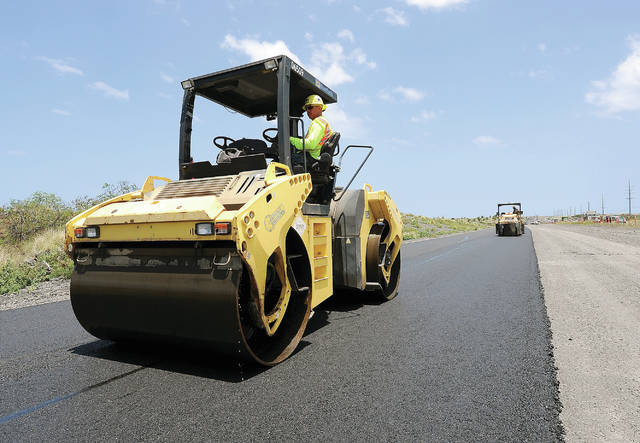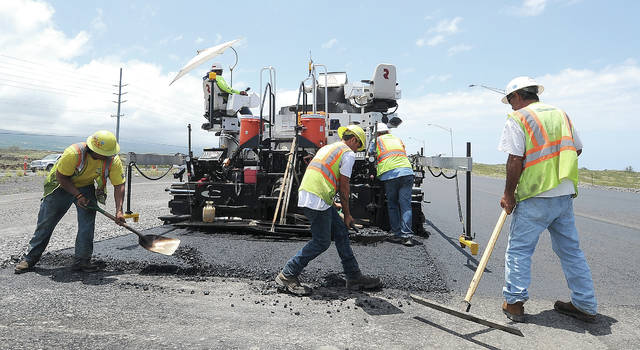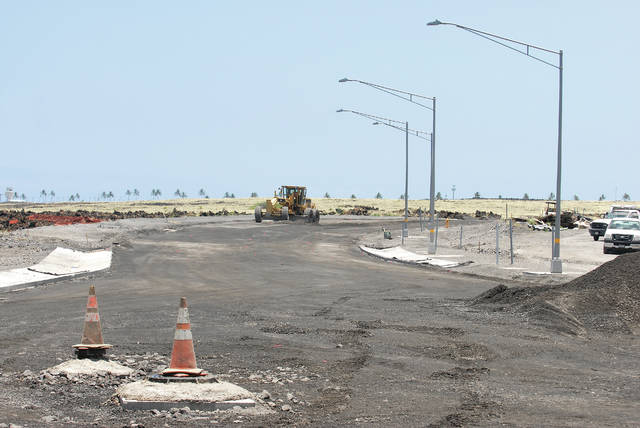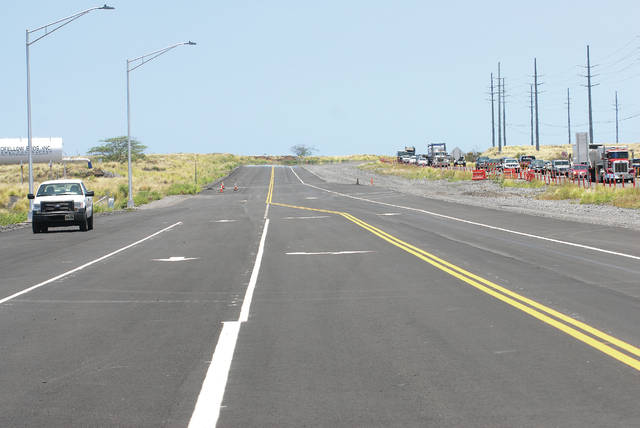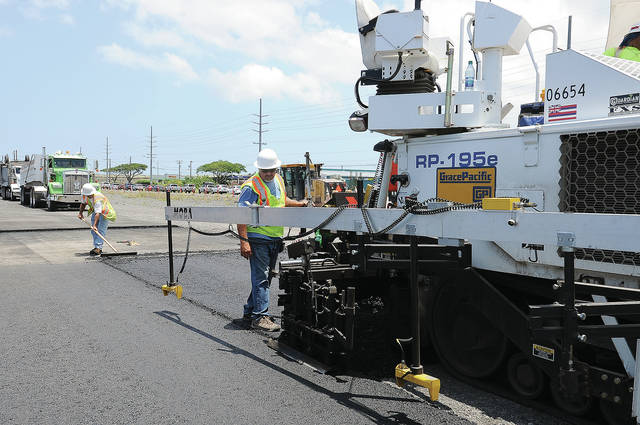Queen Kaahumanu Highway widening tab hits $105M

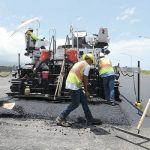
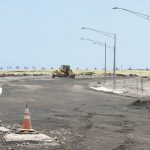
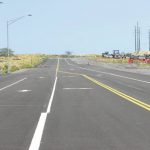
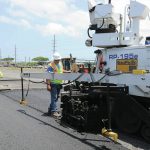
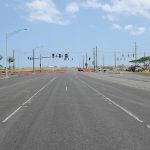
KAILUA-KONA — Once a $90 million project expected to wrap up in September, phase two of the Queen Kaahumanu Highway widening has grown to a $105 million project now planned to be substantially completed next August.
The project, which broke ground in September 2015, will widen Highway 19 from two to four lanes between Kealakehe Parkway and Keahole Airport Road. It will also put new lights and signals in the area. The first phase of that project widened the highway from Henry Street to Kealakehe Parkway and finished in 2007.
And while the state’s Department of Transportation originally announced that the second phase would be done by September at a cost of $90 million, delays in construction have led to extended finish times and a state website publishing data about state projects now shows that the cost has grown by $15 million.
On Wednesday, the Hawaii Department of Transportation announced that the website was available, which published data and status reports for all current state highways projects and projects planned to kick off construction in the next two years.
According to that website, the cost of the Queen Kaahumanu widening phase two is now up to $105 million dollars and is considered 60 percent complete, although the Department of Transportation didn’t respond to questions last week about what specifically the growing costs were paying for.
The completion percentage, the website said, indicates the dollar portion of the contract that has been completed, while the cost reflects “the approximate current contract amount including amendments to the contract.”
The project first ran into a slowdown in March 2016 after the state needed to sign off on a redesign of part of the road.
The design was changed to avoid historical sites at Kaloko-Honokohau National Historical Park, resulting in shrinking a median and putting in a retaining wall.
That stall though wasn’t at the time expected to affect the planned September 2017 completion date.
Then in late July 2016, the department found a possible, later confirmed site breach that impacted four general areas of two historical trails. Both of the trails are listed on the State Inventory of Historic Places.
After investigating the site breaches, the Department of Transportation determined that the area of potential effect, which covers the area that could be altered by construction projects, didn’t account for connections to side roads, meaning that the department didn’t account for right-turn lanes that branch off the highway to merge with perpendicular roads.
As a result, the department’s Highways Division Planning Office set to work coordinating a revised area of potential effect.
A separate holdup required a redesign mandated by federal regulations that protect historic properties, prompting the need for retaining walls not originally a part of the widening project.
The Department of Transportation said then that the delays would push the timeline into November 2018, but the agency at the time didn’t have a revised cost estimate.
Work along the highway resumed at the end of this past January, and department representatives told a group of community members in April that the project should be substantially completed by August 2018.

